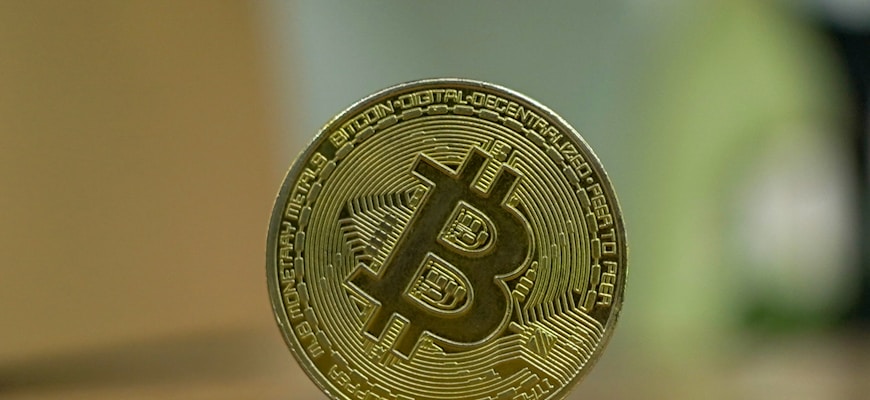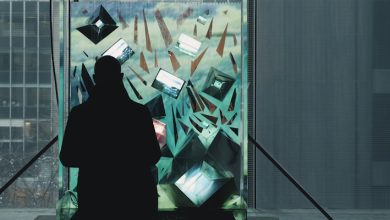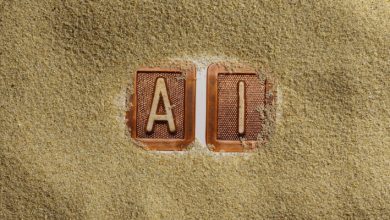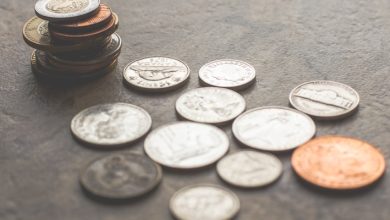How to Build a Diversified NFT Portfolio

- Understanding NFTs and their potential for investment
- Diversifying your NFT portfolio for maximum returns
- Choosing the right NFT projects to invest in
- Strategies for managing and growing your NFT collection
- Exploring the various platforms for buying and selling NFTs
- Balancing risk and reward in your NFT investments
Understanding NFTs and their potential for investment
Understanding Non-Fungible Tokens (NFTs) and their potential for investment is crucial for building a diversified NFT portfolio. NFTs are unique digital assets that are stored on a blockchain, making them one-of-a-kind and verifiable. This uniqueness is what makes NFTs valuable and attractive to investors looking to diversify their portfolios.
Investing in NFTs can offer various opportunities for growth and profitability. NFTs can represent digital art, collectibles, virtual real estate, and even ownership of physical assets. The potential for investment in NFTs lies in their scarcity, authenticity, and the growing demand for digital assets in the market.
When building a diversified NFT portfolio, it is essential to research the different types of NFTs available and understand their potential for investment. By diversifying your portfolio with a mix of NFTs from various categories, you can mitigate risk and maximize potential returns.
Diversifying your NFT portfolio for maximum returns
When it comes to maximizing returns on your NFT investments, diversification is key. By spreading your investments across different types of NFTs, you can reduce the risk of a single asset underperforming. This strategy can help you take advantage of the potential upside of various NFT categories, ultimately leading to a more balanced and profitable portfolio.
One way to diversify your NFT portfolio is by investing in different art styles, such as abstract, digital, or traditional art. Each style has its own unique appeal and audience, which can help you reach a broader range of collectors. Additionally, consider exploring other types of NFTs, such as music, gaming assets, or virtual real estate. These alternative categories can offer new opportunities for growth and expansion.
Furthermore, don’t limit yourself to a single NFT marketplace. Explore different platforms to discover a variety of NFTs from various creators and communities. By diversifying your marketplace exposure, you can access a wider selection of assets and potentially capitalize on emerging trends in the NFT space. Remember to do your research and due diligence before making any investment decisions to ensure you are selecting high-quality assets with strong potential for returns.
Choosing the right NFT projects to invest in
When it comes to building a diversified NFT portfolio, choosing the right projects to invest in is crucial. There are a few key factors to consider when evaluating NFT projects to ensure you are making informed decisions that align with your investment goals.
One important factor to consider is the reputation of the project team. Look for NFT projects that are led by experienced teams with a track record of success in the industry. This can help mitigate risk and increase the likelihood of a successful investment.
Additionally, consider the uniqueness and quality of the NFTs being offered by the project. Look for projects that are creating high-quality, original NFTs that have the potential to hold long-term value. By investing in projects with unique and valuable NFTs, you can increase the potential for a profitable return on your investment.
Another important consideration is the community surrounding the NFT project. Look for projects with active and engaged communities that are passionate about the project. A strong community can help drive demand for the NFTs being offered and increase their value over time.
Lastly, consider the long-term potential of the NFT project. Look for projects that have a clear roadmap for future development and growth. By investing in projects with long-term potential, you can increase the likelihood of a profitable investment that continues to grow in value over time.
Strategies for managing and growing your NFT collection
When it comes to managing and growing your NFT collection, there are several strategies you can implement to ensure its success.
- Diversification: One key strategy is to diversify your NFT collection by investing in a variety of different types of NFTs. This can help spread risk and maximize potential returns.
- Research: Another important strategy is to conduct thorough research before making any purchases. This includes researching the artist or creator behind the NFT, as well as the rarity and demand for the specific piece.
- Stay informed: It is crucial to stay informed about the latest trends and developments in the NFT market. This can help you make informed decisions about when to buy, sell, or hold onto your NFTs.
- Engage with the community: Engaging with the NFT community can provide valuable insights and opportunities for collaboration. Networking with other collectors and creators can help you stay ahead of the curve.
- Set goals: Finally, it is important to set clear goals for your NFT collection. Whether you are looking to make a profit, support artists, or simply enjoy collecting, having defined goals can help guide your decision-making process.
By implementing these strategies, you can effectively manage and grow your NFT collection over time. Remember to stay patient and stay disciplined in your approach to building a diversified NFT portfolio.
Exploring the various platforms for buying and selling NFTs
When it comes to building a diversified NFT portfolio, exploring the various platforms available for buying and selling these digital assets is crucial. There are several different marketplaces and websites where NFTs can be bought and sold, each with its own unique features and offerings.
One popular platform for purchasing NFTs is OpenSea, which is one of the largest and most well-known marketplaces for digital collectibles. OpenSea offers a wide range of NFTs from various creators and artists, making it a great place to start building your portfolio. Another option is Rarible, which allows users to create and sell their own NFTs in addition to buying those created by others. This can be a good way to support emerging artists and find unique pieces to add to your collection.
For those interested in more exclusive and high-end NFTs, platforms like SuperRare and Foundation cater to collectors looking for premium digital art. These platforms often feature limited edition pieces from well-known artists, making them a desirable choice for those looking to invest in higher-value NFTs. Additionally, platforms like Nifty Gateway and Async Art offer unique features such as programmable art and interactive experiences, adding a new dimension to the world of digital collectibles.
By exploring the various platforms available for buying and selling NFTs, investors can find opportunities to diversify their portfolios and discover new and exciting digital assets to add to their collections. Whether you are a seasoned collector or just starting out in the world of NFTs, there is a platform out there that can help you achieve your investment goals and build a diverse and valuable portfolio.
Balancing risk and reward in your NFT investments
When it comes to investing in NFTs, finding the right balance between risk and reward is crucial. While the potential for significant returns can be enticing, it’s important to approach your investments with caution. Here are some strategies to help you navigate the risks and rewards of building a diversified NFT portfolio:
- Research the market: Before diving into any NFT investment, take the time to research the market thoroughly. Understand the trends, the potential for growth, and the risks involved.
- Diversify your portfolio: Just like with traditional investments, diversification is key when it comes to NFTs. Spread your investments across different types of NFTs, artists, and platforms to minimize risk.
- Set a budget: It’s easy to get caught up in the excitement of the NFT market, but it’s important to set a budget and stick to it. Only invest what you can afford to lose.
- Stay informed: The NFT market is constantly evolving, so it’s crucial to stay informed about the latest trends and developments. This will help you make informed decisions about your investments.
- Manage your risk: Consider using stop-loss orders or setting limits on your investments to manage your risk effectively. This will help protect your capital in case of market downturns.




